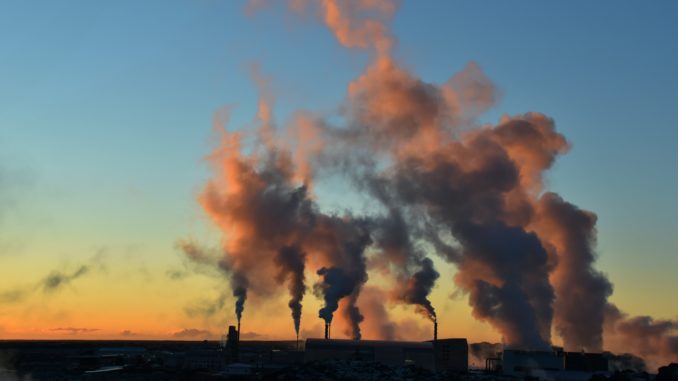
Geothermal energy is a form of renewable energy that is generated by harnessing the heat from the Earth’s core. This energy is harnessed by drilling deep into the Earth to access hot water and steam, which is then used to generate electricity.
One of the main advantages of geothermal energy is that it is a clean, renewable source of energy. Unlike fossil fuels, geothermal energy does not produce emissions that contribute to air pollution or climate change.
Geothermal energy is also a reliable source of energy, as it can be generated 24 hours a day, seven days a week. Additionally, geothermal power plants can have a long lifespan, with some facilities still in operation for more than 50 years.
There are different types of geothermal power plants, including dry steam, flash steam, and binary cycle. Dry steam power plants use hot steam directly from the Earth, while flash steam power plants use hot water that is at a lower temperature. Binary cycle power plants use a secondary fluid to transfer heat from the hot water to a turbine.
However, geothermal energy also has its downsides, such as it requires specific geology and suitable location, which limits the places where geothermal power can be generated. Additionally, the construction of geothermal power plants can have a significant environmental impact, including the potential for induced seismicity.
Overall, geothermal energy is a clean and renewable source of energy that can be generated by harnessing the heat from the Earth’s core. It can provide a reliable source of electricity and have a long lifespan, but it also has its environmental impacts that need to be considered.
Examples of geothermal energy plants:
- The Geysers, USA: The world’s largest geothermal power plant, located in northern California. It has a capacity of 1,517 MW and uses steam from underground geothermal reservoirs to generate electricity.
- Hellisheidi Geothermal Power Plant, Iceland: The world’s second largest geothermal power plant, with a capacity of 303 MW. It is located near Reykjavik and uses geothermal hot water to generate electricity and provide district heating.
- Larderello Geothermal Complex, Italy: One of the world’s oldest geothermal power plants, dating back to 1904. It has a capacity of 769 MW and uses steam from geothermal reservoirs to generate electricity.
- Krafla Geothermal Power Plant, Iceland: Located in northeast Iceland and has a capacity of 60 MW. It uses geothermal hot water to generate electricity and provide district heating.
- Ngatamariki Geothermal Power Station, New Zealand: Located in the Taupo volcanic zone and has a capacity of 82 MW. It uses steam from geothermal reservoirs to generate electricity and provide district heating.
